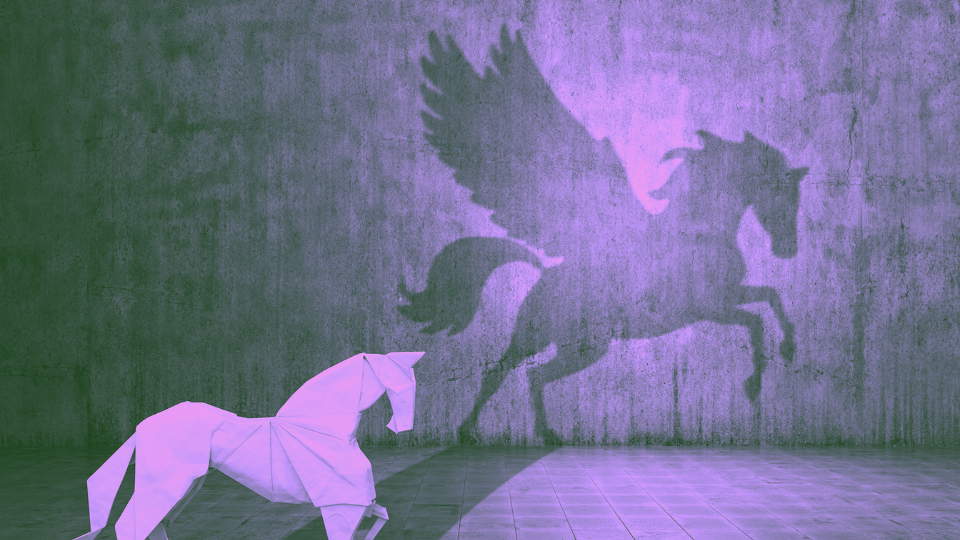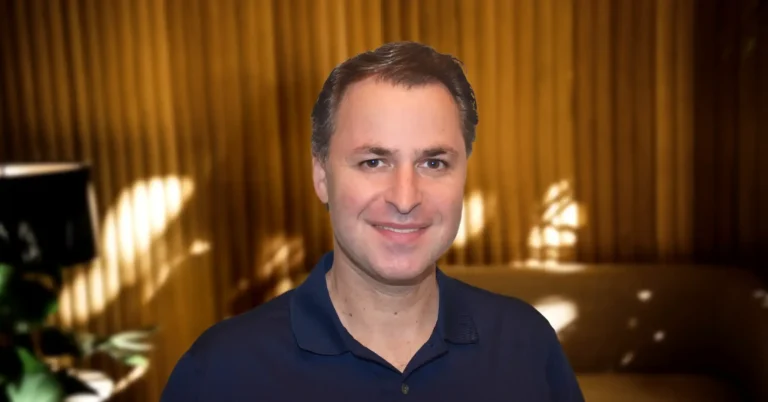

EY defines creativity as “the ability to produce new and original ideas, connecting concepts in unique ways to create different solutions”. EY notes that creativity drives innovation and is crucial for business success, as human imagination and vision can separate a business from the rest.
Megan Elizabeth Gray, former Associate Counsel at Condé Nast, believes there is a nexus between creativity and the law. Alongside her legal work, Gray is also a writer. “Creativity, I believe, is bringing into existence that which previously did not exist,” she says. Her point is sage and drives to the very core of her argument that law is a creative practice.
To be a lawyer is to be a problem solver. It is having the ability to create a new way to fix an issue, to come up with a viable solution. Innovation is a foundation of a lawyer’s work, creating ways to solve a client’s problems within the constraints of the law. Lawyers are given a black and white set of variables, the law, and societal norms, yet within those parameters, they aim to find the grey area. “There’s so much latitude, there’s so much scope for creation,” says Gray. And it is this creation which advances societies and businesses alike as continual legal issues arise requiring evolution and creativity to create progress.
In Gray’s opinion, in-house legal environments require a creative approach as the nature of working within a wider organization gives lawyers greater free rein to assist the business to accomplish its goals. Law firms are generally more structured due to the hierarchical and precedent-driven nature of private practice, meaning lawyers have less flexibility to think outside the box.
Gray likens her job to doing a complex logic puzzle, saying, “I feel that creativity is perhaps one of the most, if not the most, important ingredient in being able to solve issues that arise for business.”
So why isn’t this perspective more commonplace in the legal profession? Forbes declares creativity to be a critical component of a successful entrepreneur: “Successful entrepreneurs act as the perfect amalgamation of creativity and business.” Is a lawyer, like an entrepreneur, not also an advocate for a business, driving it forward through problem-solving? In fact, a lawyer’s biggest asset is their ability to prevent issues before they arise. Therefore, a lawyer like an entrepreneur, should be innovative and possess an amalgamation of business savvy and creative thinking.
Gray’s journey with creativity began later in life when she found her passion for writing. As a student and junior lawyer, she was very purpose-driven, with every action relating to her goal of being a lawyer. “I thought creativity didn’t play a role in achieving that,” she says. Her viewpoint changed when writing ignited her creative passion and provided immense value in her life. She began to see correlations between creative thinking and the law and realized that being able to tackle problems from a unique angle makes a truly great lawyer.
Everyone is innately creative and has the potential to foster creativity in Gray’s eyes. Yet the intellectual approach of law school doesn’t always value or encourage creativity, which means many lawyers don’t pursue that side of themselves. Her advice for lawyers who want to become more creative thinkers is to follow their curiosity and find something that allows their creativity to flourish. For Gray, this is writing: creating new syntax, prose, and paragraphs, means time stands still. Finding a creative outlet, from dance to animation to pottery, can help ignite your creative mindset, which in turn can be applied to your legal work.
According to Gray, law needs a rebrand. It is a complex, challenging profession that requires problem-solving and creative thinking, but from the outside, it is perceived as rigid and dull. If the latitude law presents were more widely understood, more creative thinkers might find themselves intrigued by the thought of a legal career, which offers so many unique paths.


